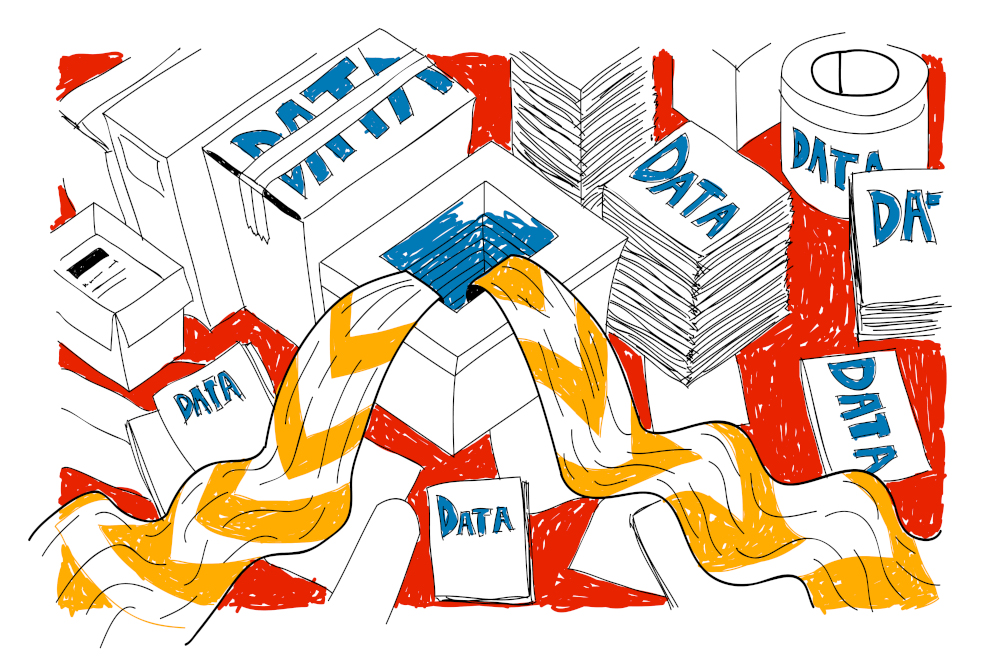AI Service Management (AISM) is often presented as the next big leap for IT Service Management. Yet the reality is less glossy. Only 4% of organisations have fully integrated AISM, and 8% are avoiding it altogether because of data complexities. At the heart of this adoption gap are two familiar roadblocks, poor data quality and siloed systems.
Many of us have run into this first-hand. In one large enterprise I worked with, the scale alone made things challenging. They managed around 95,000 IT nodes globally. Their CMDB varied in quality depending on which part of the organisation owned it. In Operational Technology, records were current and reliable, but in other areas the data was outdated or incomplete. The ticketing system told a similar story. After more than a decade in use, much of the data within incident, problem, and change tickets was of poor quality. This highlights a broader truth for many organisations, data quality is a long-standing issue. In fact, the problem is often so extensive that knowing where to start becomes its own barrier.
What Poor Data Quality Really Means

AI tools in ITSM depend on the accuracy and completeness of the data they are fed. If the source is weak, the outputs will be too.
Take incident tickets. If descriptions are vague, priorities are wrong, or fields are left blank, an AI tool will misroute them. The same applies to knowledge bases. Outdated or inconsistent information makes predictive analytics unreliable. For example, a chatbot trained on patchy data will give irrelevant answers and escalate more calls, not fewer.
A recent survey found that 72% of organisations see poor data quality as a top barrier to AI adoption. In practice this shows up as AI “hallucinations”, incorrect SLA predictions, or misjudged ticket priorities. Each of these erodes trust and makes IT teams more sceptical about AISM.
Why Siloed Systems Slow Progress
Even when data is accurate, it often sits in separate systems. ITSM tools like ServiceNow or Jira rarely integrate seamlessly with HR, CRM, or ERP platforms. (although they say they do) The result is fragmented datasets that AI cannot connect.
For instance, if your ITSM platform doesn’t talk to your CRM, you miss the link between customer complaints and IT incidents. If HR schedules are locked away, an AI tool can’t optimise ticket routing based on staff availability.
This fragmentation explains why so few organisations have achieved full AISM integration. Without a unified dataset, AI lacks the context it needs to make useful recommendations.
The Implications
When poor data meets system silos, the impact is clear.
- AI outputs become unreliable, leading to ineffective chatbots, misrouted incidents, and wasted analyst time
- The return on investment is delayed, because AI cannot deliver promised efficiencies
- Security risks increase when inconsistent or poorly governed data flows into AI pipelines
- End-users lose confidence in the technology, fueling resistance to automation
The pattern is simple. If the data isn’t fit for purpose, AI in ITSM will not deliver.
Practical Steps to Improve

Addressing this isn’t about one silver bullet, but a mix of process and technology.
Data Quality Management
- Regular cleansing to remove duplicates, correct errors, and fill gaps
- Enforcing standard taxonomies for tickets and priorities across platforms
- Using AI itself to validate data at entry points, flagging issues early
Integration Solutions
- Tools like MuleSoft, Perspectium, or Boomi to synchronise ITSM with CRM and ERP platforms
- APIs and middleware to provide real-time flows into AI models (Perspectium, Kong open-source gateway, Apigee, Apache Kafka, Zapier)
- Centralised data lakes, such as Snowflake or Databricks, to unify datasets
AI-Driven Enhancement
- Use Generative AI to enrich missing fields in incident records
- Natural language processing to standardise free-text descriptions
Governance & Security
- Frameworks to ensure compliance with GDPR and other regulations like (ISO/IEC 27001 with GDPR Addendums or NIST Privacy Framework)
- Secure data pipelines to protect sensitive service data like (TLS/SSL-Encrypted Pipelines with Apache Kafka or End-to-End Encrypted ETL (Extract, Transform, Load) Workflows with Informatica or Talend)
No-Code Integration
- Low-code tools in platforms like ServiceNow or monday.com allow non-technical teams to build connections without heavy IT involvement
Signs of Change
There are signs this challenge is being taken seriously. ServiceNow’s Data Quality Engine uses machine learning to clean data in real time. Perspectium is helping organisations securely replicate ITSM data for AI analysis. And monday.com has introduced AI-driven ITSM with built-in integrations to reduce escalations.
Still, adoption rates remain low. Legacy platforms, high cloud costs, and lack of trust continue to hold teams back.
Looking Ahead
By 2030, we will likely see centralised data platforms and AI-driven cleansing as standard in ITSM. No-code and AI-as-a-Service solutions will bring integration within reach of smaller organisations. And compliance concerns, fuelled by ongoing data privacy debates, will make secure integration mandatory rather than optional.
The question is not whether poor data and silos are a problem, but how long organisations are prepared to let them block progress.
FAQ Questions
Q1. Why does poor data quality affect AI in ITSM so strongly?
Because AI models rely on accurate and complete data to make predictions. If data is missing, inconsistent, or wrong, the outputs become unreliable.
Q2. What are examples of siloed systems in ITSM?
Typical examples include ITSM platforms not integrating with HR, CRM, or ERP systems, which prevents AI from building a complete picture of incidents and business impact.
Q3. How can organisations start improving data quality for AISM?
Start with regular cleansing and standardisation of service tickets, then use AI tools to validate inputs in real time. Enforcing consistent taxonomies is a quick win.
Q4. Are no-code tools really effective for AISM integration?
Yes, they can be. Platforms like ServiceNow and monday.com provide low-code connectors that allow non-technical users to integrate systems, speeding up adoption.
